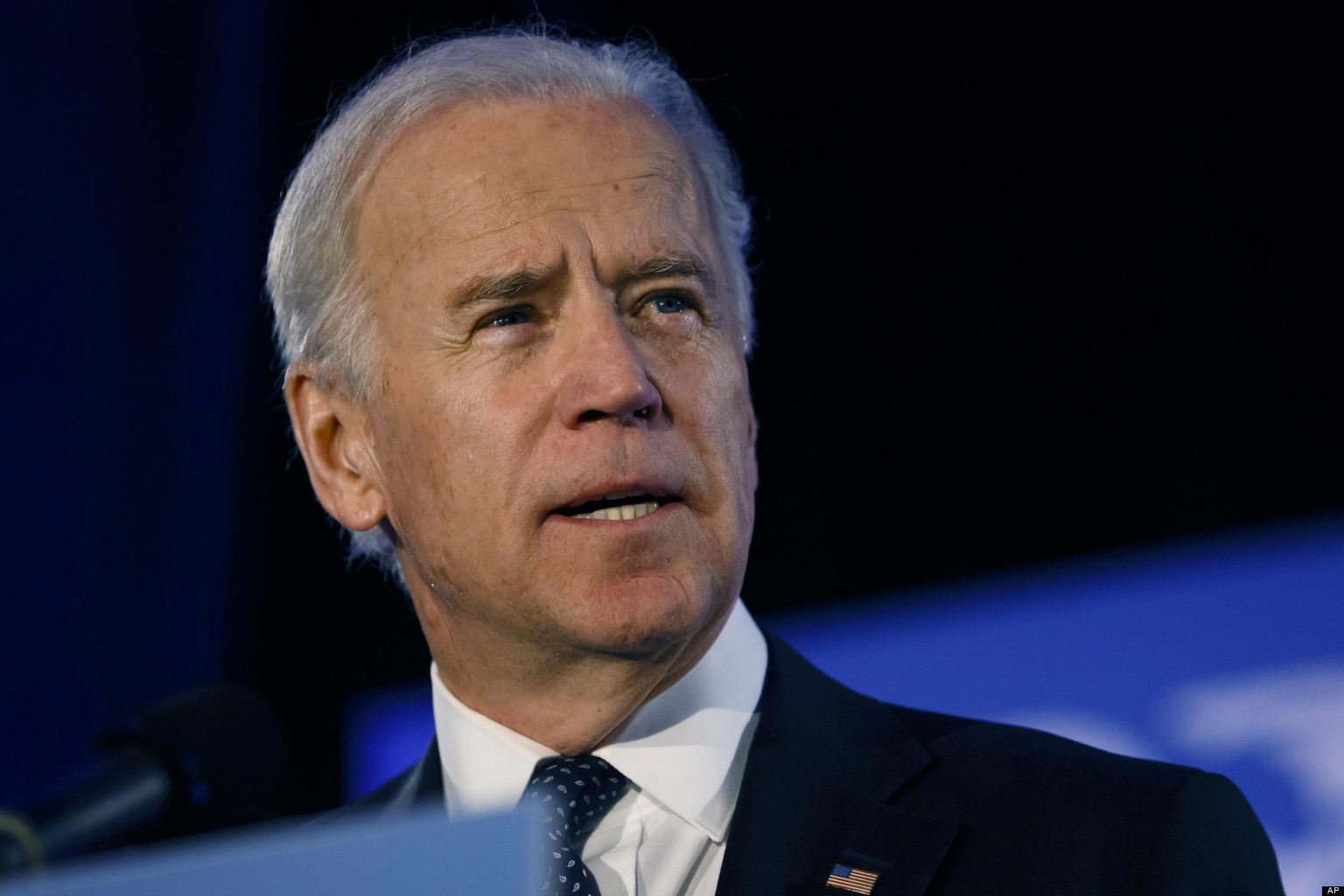WASHINGTON DC, USA — In a major move to bridge the digital divide, President Joe Biden has announced a $42 billion plan to ensure that every American household has access to high-speed internet by 2030.
The funds, which Congress previously allocated through the Bipartisan Infrastructure Law, will be distributed over the next two years under the Broadband Equity, Access, and Deployment program.
This initiative is a part of President Biden’s broader effort to invest in America’s infrastructure as he seeks re-election.
During the announcement at the White House, Vice President Kamala Harris emphasized the essential nature of internet access in the contemporary world.
“Let us agree in the 21st century America, high-speed internet is not a luxury, it’s a necessity,” said Harris.
Secretary of Commerce Gina Raimondo also spoke about the initiative’s potential to bolster economic growth and increase competitiveness.
“Whether it’s connecting people to the digital economy, manufacturing fiber optic cable in America, or creating good-paying jobs building internet infrastructure in the states, the investments we’re announcing will increase our competitiveness and spur economic growth across the country for years to come,” said Raimondo.
Under the program, each state will be allocated a minimum of $107 million.
Additionally, 19 states will receive over $1 billion, with Texas slated to receive more than $3.3 billion.
White House officials drew parallels between President Biden’s internet plan and President Franklin D. Roosevelt’s efforts in the 1930s to electrify rural America.
They highlighted the critical role of high-speed internet in modern society and the commitment of the Biden administration to ensure no community is left behind.
Mitch Landrieu, White House Infrastructure Coordinator, reiterated the importance of this investment.
“Put simply, high-speed internet is a necessity in today’s society,” said Landrieu. “President Biden and Vice President Harris are committed to leaving no community behind as we connect everyone in America to high-speed internet.”
Currently, over 7% of the country, which includes more than 8.5 million homes and small businesses, is considered underserved, lacking internet speeds that meet the government’s standard of at least 25 megabits per second for downloads and 3 Mbps for uploads.
The Broadband Equity, Access, and Deployment program aims to address this disparity and establish universal high-speed internet access.







